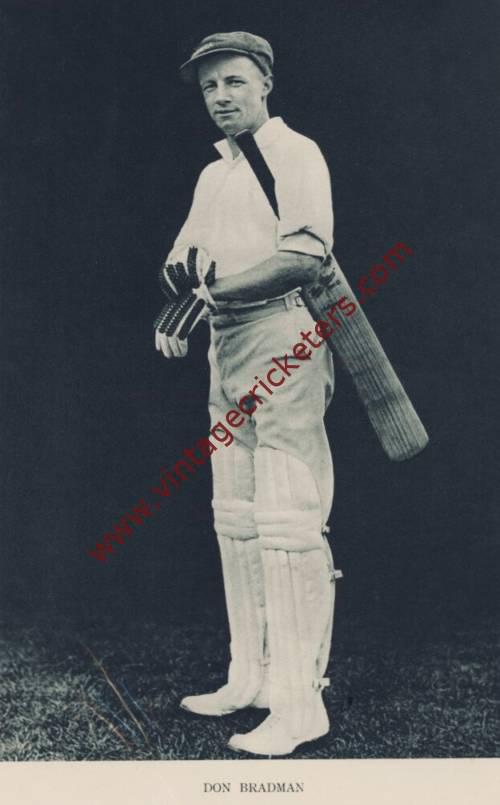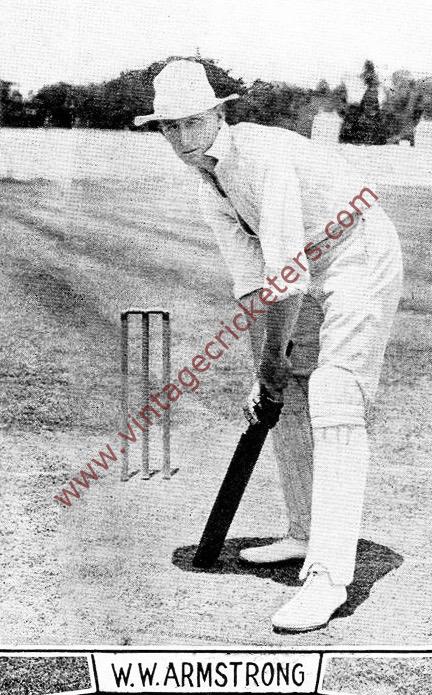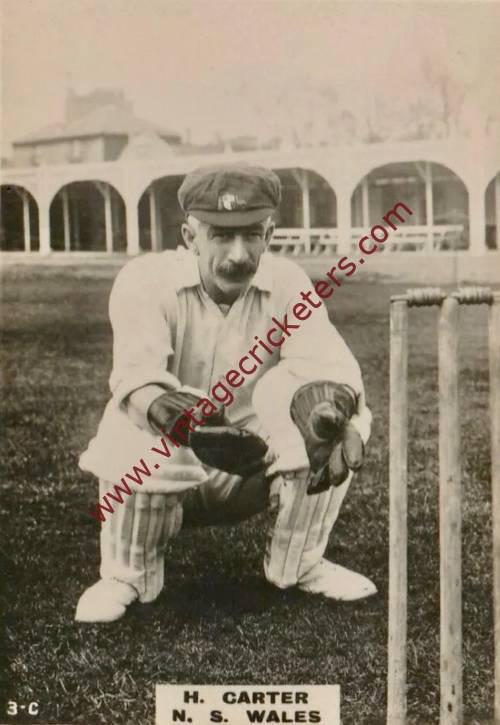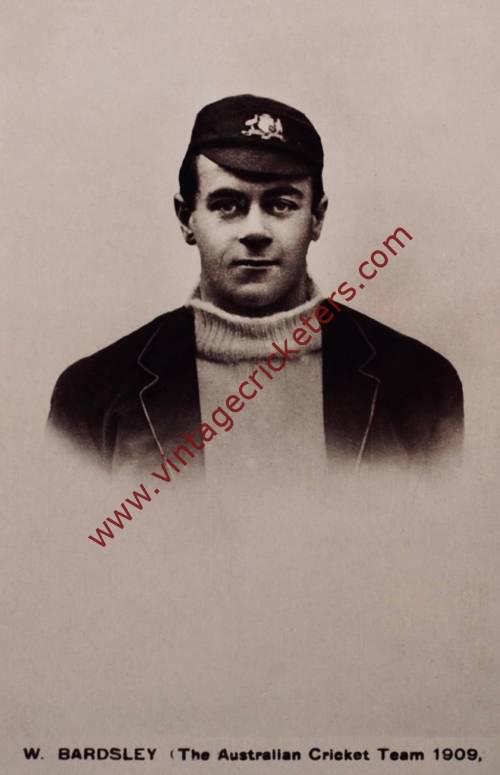Please choose your photo size from the drop down menu below.
If you wish your photo to be framed please select Yes.
Note: 16″x 20″not available in a frame.
Images can also be added to accessories. To order please follow these links
£8.95 – £49.95
Please choose your photo size from the drop down menu below.
If you wish your photo to be framed please select Yes.
Note: 16″x 20″not available in a frame.
Images can also be added to accessories. To order please follow these links
The maximum number of views of this element is reached.
Please contact the webmaster to enable unlimited views.
Born in Abbottabad in North-West Frontier Province of British India, now Khyber Pakhtunkhwa in Pakistan, Frederick Theodore “Ted” Badcock is the first Test cap for New Zealand on an alphabetical basis (Black Cap Number One). Educated at Wellington College in Berkshire, Badcock played for the Surrey Second XI in the Minor Counties Championship in 1923, and emigrated to New Zealand in 1924, where he made his debut in first class cricket for Wellington in the 1924-25 season. A fine right-handed batsman and right arm fast-medium bowler, and also an excellent fielder, he was perhaps the best all-rounder in New Zealand in the inter-war period.
On occasion, he also opened the batting. He achieved great success with the ball in his first three seasons of domestic cricket. In 1925-26, he took 37 wickets in 4 matches at average of 17.05; in 1926-27, he took 23 wickets in 3 matches, averaging 11.69; in 1927-28, he took 17 wickets in 3 matches at an average 17.94. His batting also started promisingly, hitting 65 in his first game, and 57 in the second, but he then did not pass 50 runs until he hit his maiden first class century against Canterbury in 1927. He was selected in the New Zealand team to tour England in 1927, but withdrew after controversy about his eligibility to play for them.
Badcock took 4-82 and 4-23 for Wellington against the Australian tourists in 1927-28, and was then selected to play for New Zealand in two representative matches against the tourists. He took only 1-121 in the first match, and 0-14 and 2-33 in the second match. His batting was also unspectacular: he was twice bowled by Clarrie Grimmett without scoring, and was dismissed for 2 runs in his other completed innings.
He was a member of the team that played New Zealand’s first Test match, played at Lancaster Park, Christchurch,, against a touring England team in January 1930. He made an inauspicious debut with the bat: he was bowled out for a king pair, dismissed first ball in both innings, by Maurice Allom in the first innings and by Stan Nichols in the second innings. The first dismissal came in after English bowler Allom had dismissed two New Zealand batsmen with his previous two deliveries; after Tom Lowry and Ken James, Badcock’s wicket completed Allom’s only Test hat-trick. Lowry had only faced two balls, Allom having bowled Stewie Dempster immediately beforehand, to take four wickets in five balls. Badcock is the only player to be out first ball in both innings on his Test debut, but fared slightly better with the ball. He opened the bowling in England’s first innings, taking 2-29. He did not bowl in England’s second innings, as England won easily by 8 wickets thanks to batting of K.S. Duleepsinhji.
In the Second Test at Basin Reserve, Wellington later the same month Badcock came in to bat at number 11 in New Zealand’s first innings. He scored 4 not out, but did not bat in the second innings as New Zealand declared. As New Zealand’s second opening bowler, he took 4-80 and 1-22. The match was drawn. In the Third Test at Eden Park, Auckland, starting on 14th February 1930, the first two days were washed out. Centuries for Ted Bowley and K.S. Duleepsinhji on the third and final day consigned the match to a draw. As so much play had been missed, a Fourth Test was arranged for the next week, but Badcock was refused permission by the Otago Cricket Association to take part in the game.
Badcock also played in the two Tests against the touring South Africa team in 1931-32. In the First Test at Lancaster Park, Christchurch in February 1932, New Zealand batted first. Badcock was New Zealand’s top scorer, reaching 64 in a total of 293 all out. In reply, South Africa amassed 451 all out, with centuries for both opening batmen, Jim Christy and Bruce Mitchell. Badcock was the second opening bowler, taking 2-88. He was stumped for 5 in New Zealand’s second innings. Despite 74 not out for Lindsay Weir, New Zealand lost by an innings and 12 runs, with South African bowler Quintin McMillan taking 5-66 to add to his 4-61 in the first innings.
In the Second Test at Basin Reserve, Wellington in March 1932, Macmillan again took wickets in New Zealand’s first innings, taking 5-125, including Badcock caught and bowled for 53. New Zealand scored 364 all out, but South Africa again passed New Zealand’s first innings score, reaching 410 all out. Badcock took 1-70. He was run out for a duck in the second innings. Further half centuries for both South African opening batsmen took them to victory with 8 wickets in hand.
Badcock played his final two Tests against England in 1932-33, which arrived in New Zealand in March 1933 after completing the “Bodyline” series in Australia. In the First Test at Lancaster Park, Christchurch in March 1933, he opened the bowling and took 3-142, taking the wicket of Herbert Sutcliffe with the first ball of the match. His bowling partner Dennis Smith also took the wicket of England’s other opening batsman, Eddie Paynter with the first ball he bowled. England overcame these early set-backs, and scored 560-8 declared, including 227 from Wally Hammond (batting with an infected knee), 103 from Les Ames, 74 from Freddie Brown, and 66 from Bill Voce (his highest Test innings). Badcock scored 10 not out in New Zealand’s 223 all out (Giff Vivian was absent hurt). New Zealand followed on, but the match was drawn.
The Second Test played at Eden Park, Auckland at the end of March 1933 proved his last. Badcock was bowled by Bill Bowes for 1, and New Zealand were bowled out on the first day for 158. Badcock was one six victims claimed by Bowes, who took 6-34. Badcock opened the bowling and took 2-126, but England again piled on the runs, reaching 548-7 declared, including a world record 336 not out by Hammond. Badcock did not bat in the second innings, and match was drawn. He played in seven Test matches, all in New Zealand, his Test batting average was 19.57 with two fifties, and he took 16 Test wickets with a bowling average of 38.12.
In New Zealand Badcock switched from Wellington to Otago in 1930-31 and continued to play for them until 1936-37. He played as a professional in England for Werneth (1934-38) and Castleton Moor (1939-41) in the Central Lancashire League. He made occasional appearances in the Lancashire League, for Nelson in 1934 and 1935, and also for Church in 1935. He played cricket in England during the Second World War, for representative British Empire cricket teams, for Civil Defence Services, and for Northamptonshire.
Immediately after the end of the Second World War, he played a series of games for New Zealand Services against a Lord’s XI, Australian Imperial Forces, W.R. Hammond’s XI, Sir P.F. Warner’s XI, and the Royal Air Force, including a final first class match in September 1945 against H.D.G. Leveson-Gower’s XI. Aged 47, he took 6-166 against a team that included Len Hutton, Cyril Washbrook and Bill Edrich.
Badcock was later a cricket coach in Ceylon (now Sri Lanka) for two years from 1946, and then settled in South Perth, Western Australia, where he coached Western Australia for four seasons (1951-52 until 1954-55) and was a stalwart of the South Perth Cricket Club for many years.
In all, he played 53 first class matches, scoring four centuries, two for Wellington and two for Otago, and 13 half centuries, scoring 2,383 runs with a batting average of 25.62. His top score was 155 for Wellington in the Plunket Shield match against Canterbury in January 1927, also his maiden first class century. He took 221 wickets at an average of 23.57, claiming five wickets in an innings on 14 occasions, and ten wickets in a match 5 times. His best bowling of 7-50 came in his debut match against Canterbury in January 1925.
Vintage Cricketers was founded in July 2019. There may be more photographs of this cricketer in the Vintage Cricketers library, which are due to be loaded in due course. In the meantime, please send a message to us using the contact form at the bottom left of this page and we can arrange to prepare and publish all images of this cricketer if you have a particular interest in him.
| Weight | N/A |
|---|



